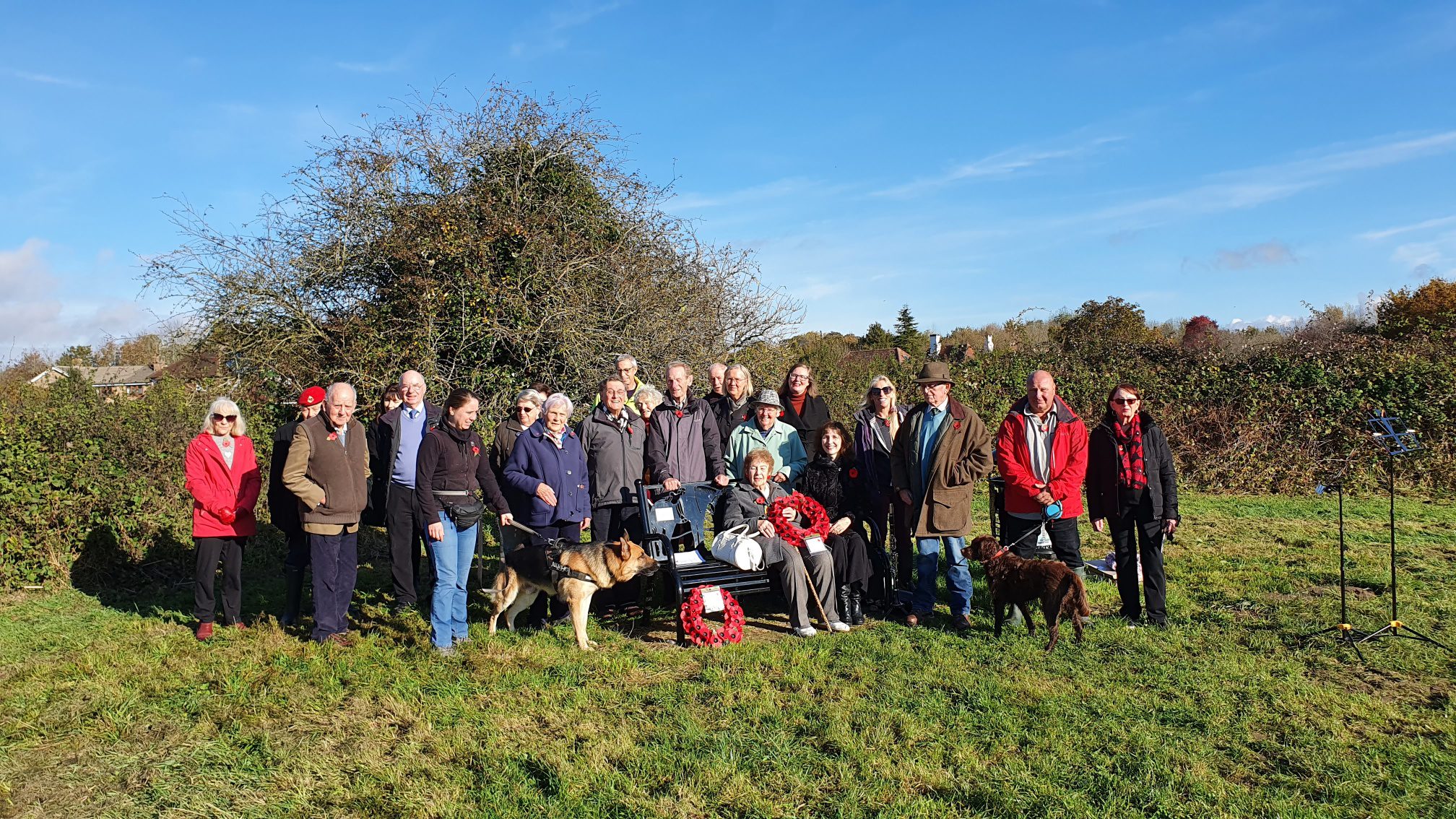People have been walking around Worplesdon for at least three to four thousand years. Two Bronze Age barrows on Whitmoor Common, excavated by General Pitt-Rivers in 1877, are our evidence of a well-organised and united society living nearby. With copper and tin absent from South East England, these Bronze Age people continued to make and use flint tools. They would normally have kept a herd of animals and would have found it easier to work the lighter soils of this area with their crude tools.
Worplesdon villagers of this time lived in conical huts with thatched roofs and walls made from wattle and daub. An extraordinary population explosion occurred around 1600 BC and within a few centuries the population of Britain had risen to around a million and a half. This resulted in increased demand for land, and our forerunners may well have had to defend theirs or to link up with neighbouring villagers to build some defensive fortification.
The Iron Age, which followed the Bronze Age, is not at all well represented in this county; however, there are several fortified hill camps of the period in this area. It is not entirely improbable that here at Worplesdon, perhaps on the high ground at Perry Hill, another such camp may yet exist.
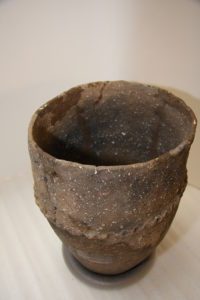
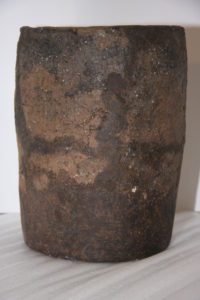
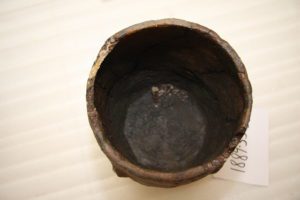
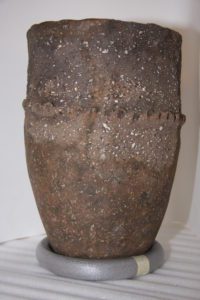
Photographs of the Bronze Age urn – which was discovered on Whitmoor Common by General Pitt-Rivers in 1877 containing cremated remains
Photographs taken by Dr Paul Cragg and publicised with the kind permission of the Pitt-Rivers Museum, Oxford
(Source: A Tale of Four Villages – by Worplesdon Parish Council)
Copies of this local history book are available from Worplesdon Parish Council for £10 per copy plus P&P – or collect for free from the Parish Office.


